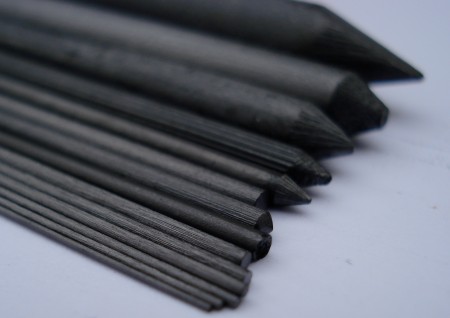 Born in Austria
on November 9th 1914, Hedy Lamarr (Hedwig Eva Maria Kiesler) grew up to be one
to the most beautiful and gifted Hollywood actresses of the 1940s starring in a
range of classic high grossing MGM films.
Born in Austria
on November 9th 1914, Hedy Lamarr (Hedwig Eva Maria Kiesler) grew up to be one
to the most beautiful and gifted Hollywood actresses of the 1940s starring in a
range of classic high grossing MGM films.
Unknown to the
public she was also a talented inventor. Her burning desire was to be a
scientist and although untrained produced some ground breaking innovations.
Her first
husband was an Austrian armaments manufacturer and Hedy, a young actress, was
able to mix with scientists and professionals in military technology. This
first awakened her to the field of applied science. Unhappy, in 1936, she
decided to divorce and leave Europe for the USA and Hollywood where her acting
career would quickly blossom.
Her second
husband was Howard Hughes, a film producer, aviator and inventor. She advised
him on the aerodynamic shape of his aircraft designs. Recognising her genius he
made available his staff and workshops so she could develop her ceaseless flow
of ideas.
In 1940, WW2 was
looming and the US Government set up the National Inventors Council to
coordinate potential military inventions from the public. Hedy wanted to join
but instead was advised to use her Film Star status to campaign for War Bonds,
collecting funds for the war effort.
This did not
stop Hedy inventing. She thought that military radio frequencies could be
easily jammed, especially for radio controlled torpedoes. Her solution was a
method now called frequency hopping. In collaboration with a pianist friend
they miniaturised automatic piano player devices and synchronised them. Instead
of playing piano tunes, different radio frequencies would substitute the key notes allowing a message
to be communicated across the radio spectrum.
Hedy patented
their system but it was dismissed by the military. She later discovered her
invention had been used in secret by the US Navy and won Government
compensation.
Hedy Lamarr was
finally recognised in 1997, winning the US Electronic Frontier Foundation
Pioneer Award and in 2014 posthumously inducted into the US National Inventors
Hall of Fame. She died on 19th January 2000 aged 85.
Hedy's greatest
invention lives on! The frequency hopping method is incorporated into Bluetooth
and WiFi electronics of Smartphones and mobile devices to help keep our
communication secure.
Blog written by John Faulkner, SATRO Volunteer








